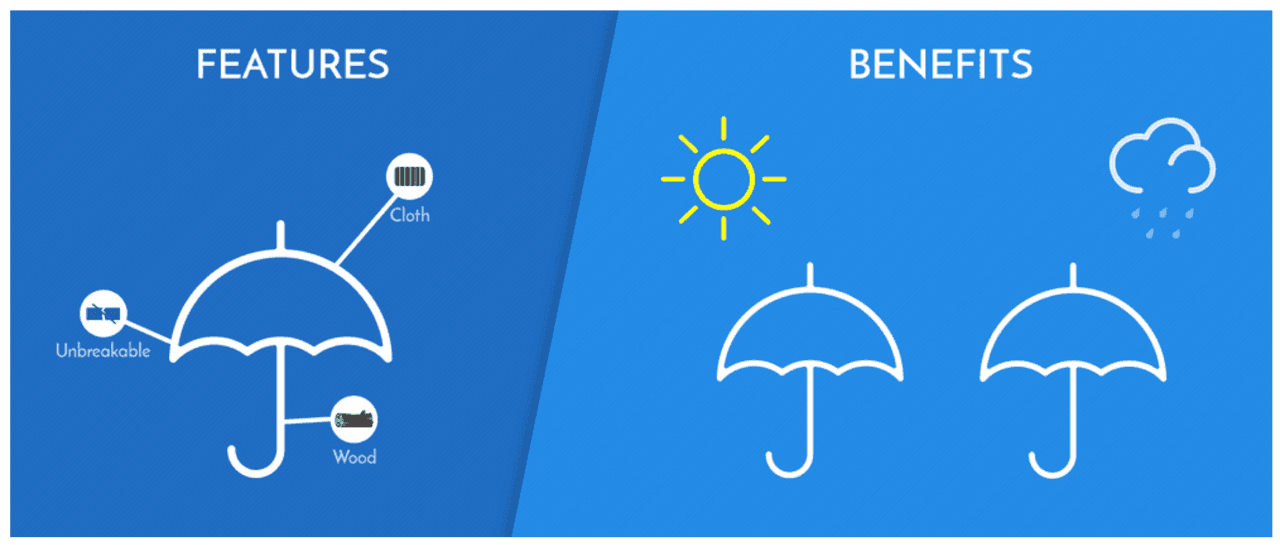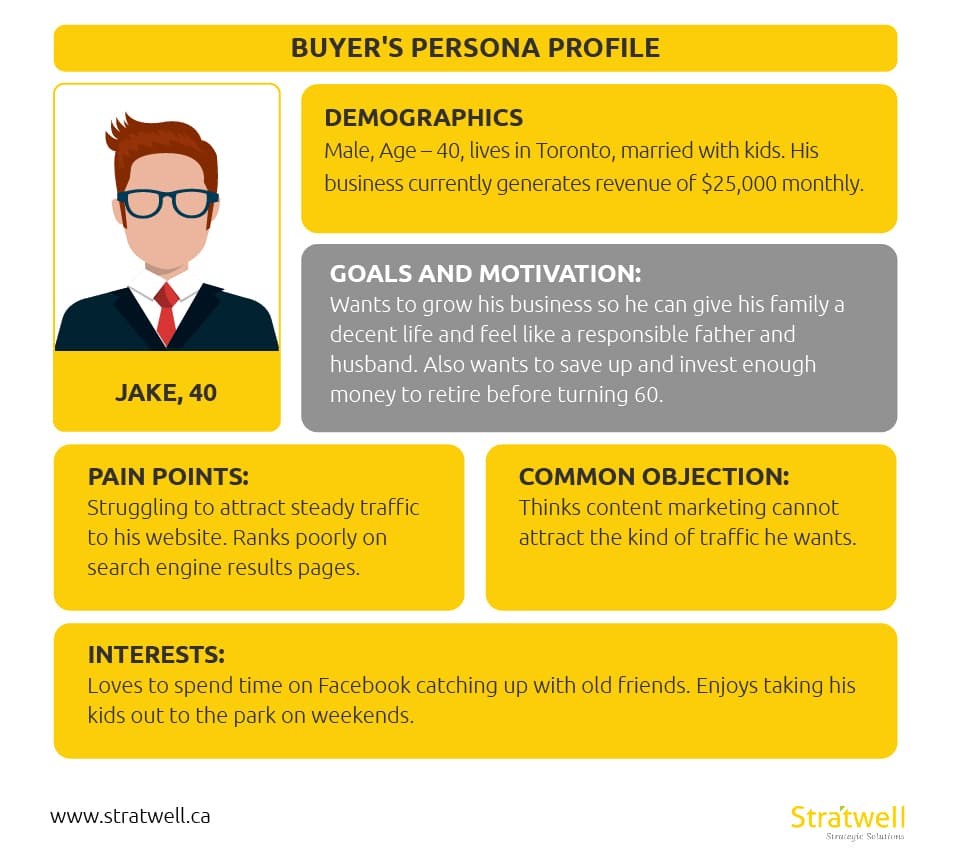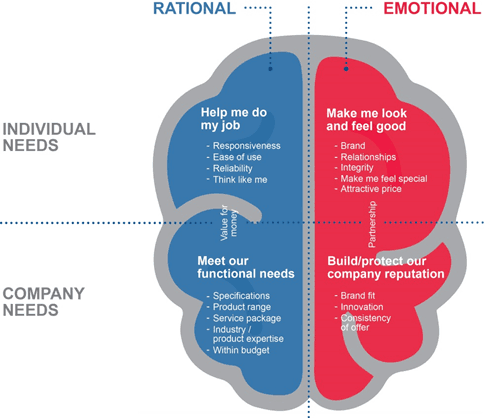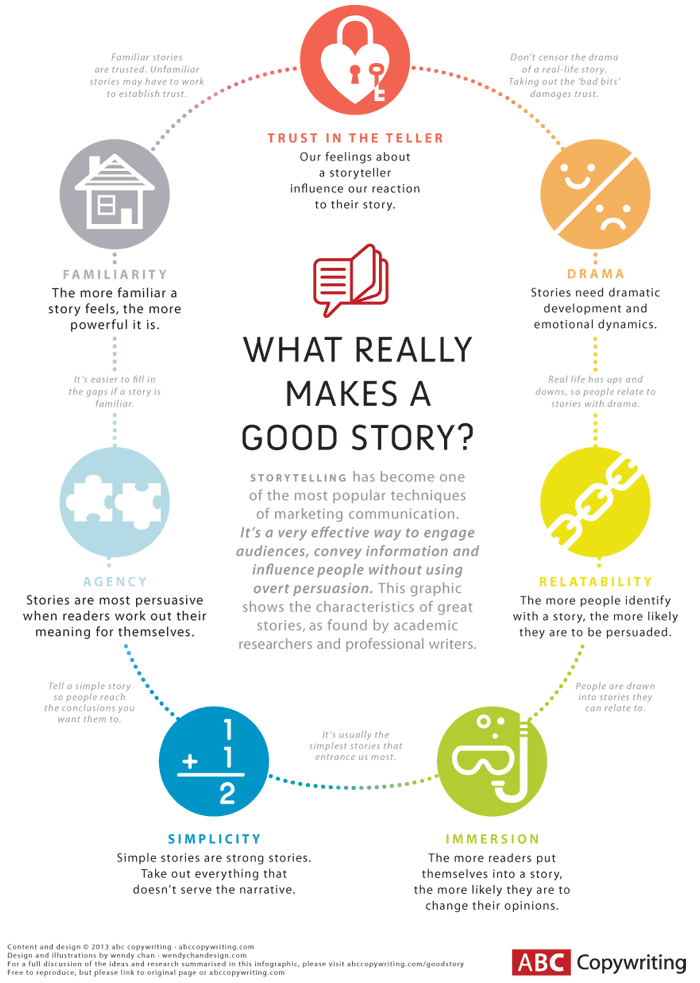Feature-Benefit Selling to Increase Sales
Feature-benefit selling is a straightforward but highly effective sales strategy.
The premise behind it is simple: the salesperson’s job is to connect the features of their product to the benefits the customer will receive if they use it.
In this article, we’ll go over everything you need to know about feature-benefit selling, including what it is, how to use it in the field, and why it works so well.
Here’s what we’ll cover:
- What Is Feature-Benefit Selling?
- The Key Components of Feature-Benefit Selling
- Examples of Feature-Benefit Selling
- How Feature-Benefit Selling Will Increase Your Sales
- How to Implement a Feature-Benefit Sales Strategy
What Is Feature-Benefit Selling?
Feature-benefit selling requires sales reps to bridge a connection between two things:
- The specific (sometimes technical) functionality that a product has to offer,
- The ways in which the customer’s life will improve because of those features
If this sounds like Sales 101, it’s because it is — to some degree. Many salespeople and marketers use some form of feature-benefit selling in nearly all of their sales conversations, whether they know it or not. In fact, this sales technique is actually the backbone of many other sales methodologies.
The key to this strategy is knowing what makes your customers tick, so that you can tailor the messaging around your product to meet their needs.
The Key Components of Feature-Benefit Selling
The first part of feature-benefit selling is, not surprisingly, outlining the features and benefits of your product.
Put simply, a feature is what something is (or, in most cases, a component of what the product is). Features describe a product’s functionality. They may also represent points of differentiation from your competitors.
A benefit is what those features do for the customer — not in the way they work, but in the way they change your life.

The features you highlight may remain consistent from customer to customer. That’s because the primary features of your product don’t change depending on who purchases it.
Of course, some particular features may connect more or less with particular customers. Durability may be the most important buying factor for some customers, but not all of them, for example. In those cases, you’ll want to highlight the particular features that resonate most with the buyer in front of you.
On the other hand, though, the way in which you present your benefits should vary depending on the customer to whom you’re selling. You’ll want to craft your benefits pitch around how your product will solve that particular customer’s unique pain points.
That’s why it’s so important to create ideal customer profiles and buyer personas for each potential customer. These resources will help you know how to craft your benefits to showcase precisely to each of their needs.

These buyer personas will help make the sales process feel personalized for each and every unique buyer.
Features
Hopefully, you’re well-versed in the specific features of the product or service you’re selling. If not, work with your marketing and sales teams to develop a robust list of the ways your product works.
A quick note: a feature is different from a product’s purpose.
A refrigerator’s purpose, for example, is to keep food cold; keeping food cold is not quite a feature. Automatic defrosters, smart screens, and keypad door locks are all features of a specific refrigerator.
Other examples might include:
- Keyless entry door lock
- Self-cleaning oven
- Remote start car ignition
- Smartwatch that detects abnormal heart rhythm
- Product pricing tiers
The features are the ways you set yourself apart from your competitors. They are your unique selling points.
Benefits
Benefits are the ways in which your product’s features make your customer’s lives better, easier, and/or less painful.
Many salespeople use a framework similar to the following to determine a product’s benefits:
Our product does [FEATURE], so that you can do [BENEFIT].
Our minivan offers a remote start ignition, so you can start your car without leaving your house.
Be wary of this kind of framework. The example above does not quite reach the true definition of a benefit. A benefit should connect to a buyer’s deepest wants or needs. The framework above will require that you go an extra step to determine how your product’s features will impact the life of the buyer.
Examples of benefits might include:
- Higher social status
- Improved self-esteem
- Save time
- Eliminate frustration
- Being more productive
In general, the most common emotions that trigger people to make a purchase are the potential to eliminate frustration, and optimism about the future. Weave these into your sales conversations whenever possible.
With that in mind, reworking the framework outline above might say something like this:
Our minivan offers a remote start ignition — reclaim every minute of your morning routine.
Examples of Feature-Benefit Selling
Feature-benefit selling is a fantastic sales strategy because it’s highly effective across a huge variety of industries and products. Let’s take a look at a few real-world examples of this methodology in action.
Software
Salesforce’s Sales Cloud software is a SaaS product that’s built to help reps throughout the selling process. It offers lead management, sales forecasting, and many other features.

Their product page, however, spends little real estate discussing these features; those are showcased on a completely different page. Instead, the product page headline zeroes right in on the benefits: “grow sales faster” and “bring out the best in every rep.”
Manufacturing
One feature that a manufacturer might highlight is local production: “We source and manufacture everything from within a 100-mile radius of our factory.”
The benefit they might sell here is the elimination of worry about supply chain or availability. This will reduce stress and frustration if the customer decides to purchase from them.
Consumer
Apple is a master of selling benefits — this is a huge reason why people love their products so much. Of course, many people believe their products are great in their own right — but the benefits are what get people to pull the trigger.
One of the biggest benefits that Apple touts is seamless integration across their suite of products. For every new product Apple adds to their lineup, they offer intuitive and frustration-free integration with a customer’s existing products. The ability to so easily integrate means that customers will save time, frustration, and headache in getting their systems up and running with one another.
How Feature-Benefit Selling Will Increase Your Sales
Feature-benefit selling is a straightforward and effective way to increase your sales. It’s often the push that customers need to pull the trigger on your product.
The truth is, people make purchases based on a combination of logic and emotion. Many salespeople err on the side of being too factual, wanting to get as much information about the features of their product into the hands of customers. But this strategy isn’t as effective as appealing to the emotions of your buyers.
If you can also play into their emotions — the ones that revolve around their pain points, specifically — chances are high that customers will be ready to buy.

Feature-benefit selling does get slightly more complicated when it comes to big-ticket items, though. In these cases, you’ll also want to add some value-selling techniques. Combining the two can be a powerful motivator for people who are still on the fence about whether or not to purchase.
How to Implement a Feature-Benefit Sales Strategy
If your team is ready to implement a feature-benefit strategy, start here. The following steps will have your team well on their way to using this methodology in real-world sales conversations.
1. Define Your Features and Benefits
If your sales and marketing teams haven’t yet come together to define the specific benefits and features of your product, now is the time to do so.
Remember: when it comes time to define the benefits, stretch your thinking. Think about how, ultimately, your product will improve the customer’s quality of life.
2. Connect the Features and Benefits Through Emotions
Once you’ve outlined the features and benefits, it’s time to drill down into the specific emotions you’re hoping to target in your buyer.
Chances are that this connection will happen naturally the more you practice, but it’s a good idea to define it internally so that you can steer the conversation back to that emotion as needed.
3. Rehearse a Few Stories
Storytelling is an extremely powerful way to connect with people — especially buyers. Stories are how we relate to one another in the real world, and buying products is no exception.

Feature-benefit selling is highly effective, but storytelling in a way that highlights the benefits takes this strategy up a whole notch. Just remember to be authentic — it’s okay to tell a “loose” version of events for the sake of brevity or understanding, but don’t make one up entirely.
If you don’t have a concrete story in mind, successful customer testimonials can also fit the bill here.
4. Break the Ice
If feature-benefit selling feels unnatural or forced at first, that’s okay. Your ability to bridge the gap between features and benefits will come more easily the more you practice.
If you’re not sure how to start, try asking some simple questions to your potential customer about their business goals, current frustrations, or questions about your product. Oftentimes, the customer’s own words will guide the conversation into how your product’s features will improve their business and their lives.
Have you noticed your sales team using feature-benefit selling in your sales conversations? Try using some of the techniques outlined here to formalize this strategy and add it to your sales toolkit.
Get sales tips and strategies delivered straight to your inbox.
Yesware will help you generate more sales right from your inbox. Try our Outlook add-on or Gmail Chrome extension for free, forever!
Related Articles
Casey O'Connor
Casey O'Connor
Casey O'Connor
Sales, deal management, and communication tips for your inbox

